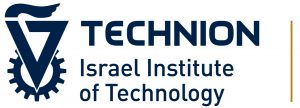In the modern era, thanks to globalization, many and varied medical devices with different complexity levels can be purchased. Most often, the first use of the medical products will be alone, unassisted, and in many cases without reading the user manual. Once the user does not read the instructions for use he relies fully on his previous experiences, and on the product affordance, but can these be fully relied upon to convey all of the information required for the efficient and safe operation of a product?
This study focuses on interactions and gaps between the quality of the affordance and the quality of the instructions for use on the operating of home use medical devices. A non-contact thermometer was selected as a case study and the gaps between product affordance and instructions for use were measured in 3 different categories: direct operational information, supportive information, and warnings. Significant differences and gaps were found between the instructions for use and product affordance, and between the different categories, those could point to a better way of designing medical products and their instructions.

